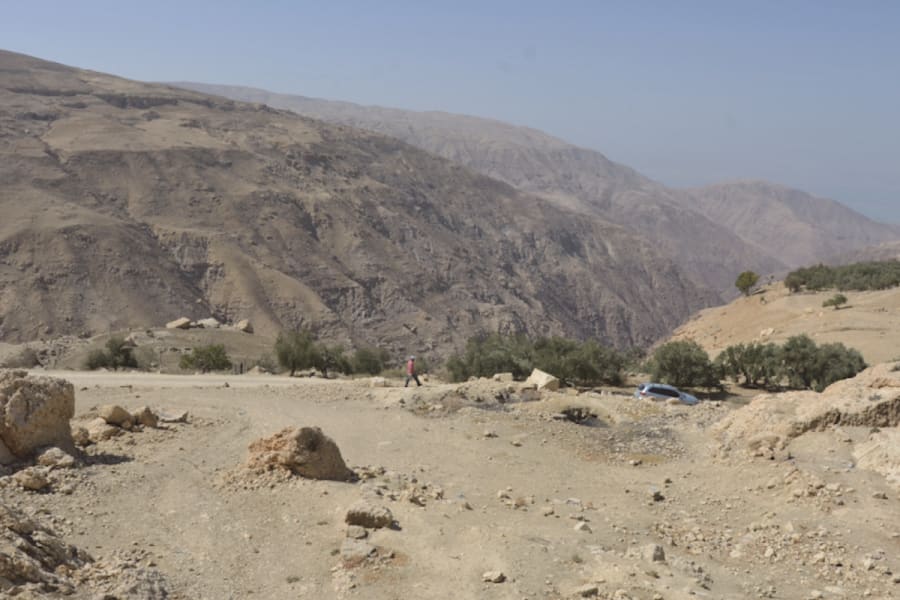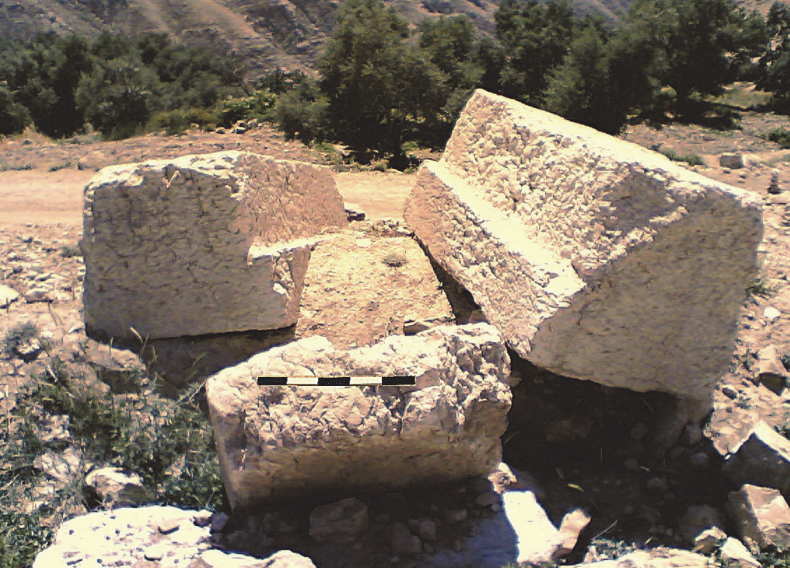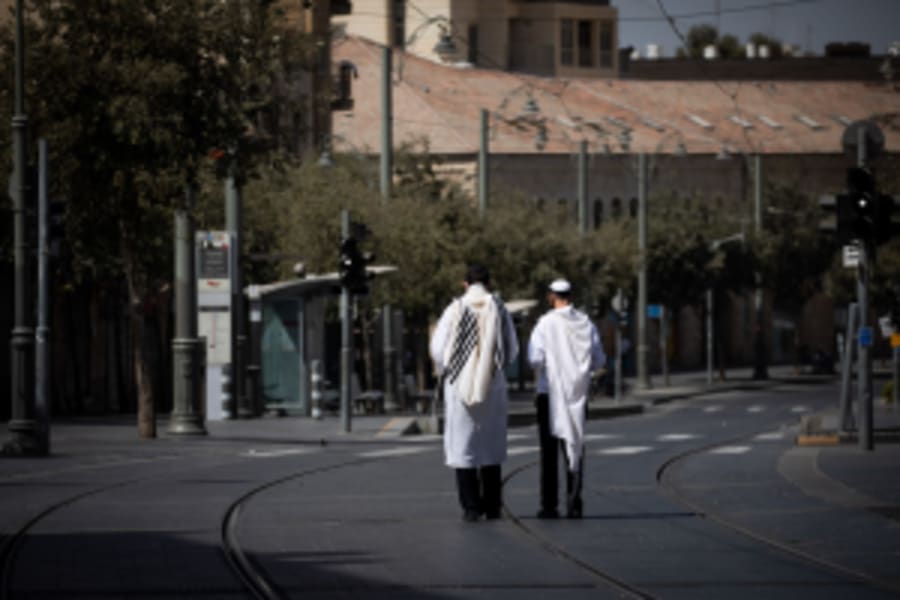Lost Christian site discovered in Jordan using ancient map of the Holy Land

A recent journal article published in Gephyra has revealed the location of Tharais in Jordan, an ancient Christian settlement from the Byzantine Empire.
“Our investigations successfully identified Tharais in the northwestern region of the town of El-‘Irāq, located on the Karak plateau, historically known as the land of Moab,” writes Musallam R. Al-Rawahneh, who conducted the study.
“Archaeological remnants characteristic of the Byzantine period have been excavated in this area, including pottery shards, stone implements, and architectural remains.”
Among the architectural remains was evidence of a Christian church that “reflects Byzantine aesthetics, including a prominent entrance and possible remnants of decorative elements.”

Also found were the remains of an olive oil press.
“Evidence shows that Tharais had religious significance as a Christian sanctuary erected around the mid-6th century AD,” the article stated. “Its strategic location overlooking the Dead Sea and the Holy Land makes it a potential pilgrimage destination, a starting point, and a gateway for religious travelers.”
Tharais was found using the Madaba Mosaic Map, which, dating to the middle of the 6th century, is the oldest surviving map of the Holy Land.
The map was discovered in 1884 in the Greek Orthodox Church of Saint George in Madaba, Jordan.
Several ancient sites have been discovered using the map, including the Jerusalem Cardo and the New Church of the Holy Mother of God and Ever-Virgin Mary, also known as the Nea Church.

The All Israel News Staff is a team of journalists in Israel.













